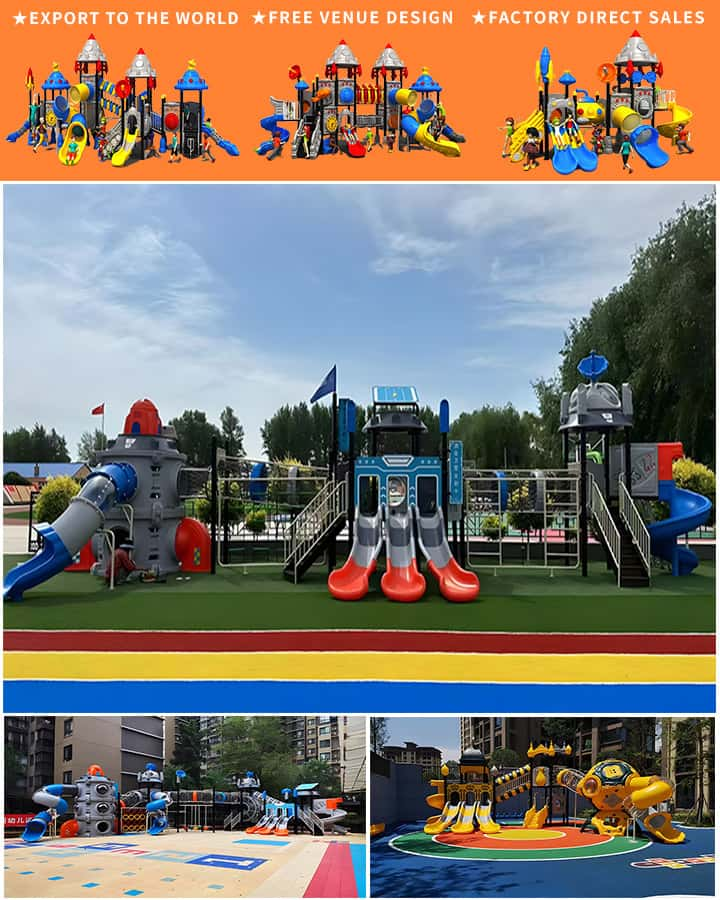When it comes to designing outdoor playground equipment for toddlers, safety and engagement are two crucial elements. An ideal playground should not only provide fun and stimulating activities but also ensure the safety of the little ones who use it. Here, we will explore some essential considerations and features that help create a perfect outdoor playground environment for toddlers.
Safety First in Playground Design
Safety is paramount when it comes to toddler playground equipment. All structures should be designed with smooth edges to prevent cuts and abrasions. The materials used must be non-toxic and durable, able to withstand various weather conditions. Ground surfaces should be soft, such as rubberized mats or wood chips, to absorb falls and minimize injuries. Additionally, playground equipment should be securely anchored to avoid tipping or moving unexpectedly.
Age-Appropriate Equipment
Playground equipment for toddlers needs to be age-appropriate, catering to their developmental stages and physical capabilities. Swings designed for this age group should have low seats to prevent falls, and slides should have gentle slopes and low heights to ensure safe descents. Climbing structures should be easy to navigate and not too high, encouraging confidence while reducing the risk of injury. Interactive elements like spinners, small tunnels, and simple puzzles can engage young minds without overwhelming them.

Encouraging Physical Development
Outdoor play is critical for toddlers’ physical development, aiding muscle growth and coordination. Equipment that promotes climbing, balancing, and jumping helps build strength and agility. Items like miniature balance beams, small ladders, and stepping stones encourage movement and exploration. It’s important to design these pieces to match the size of toddlers to ensure they can safely and effectively use them to develop their gross motor skills.
Stimulating Creativity and Social Skills
In addition to physical benefits, playground equipment should stimulate creativity and social interaction. Sand pits, water tables, and musical instruments offer sensory experiences that foster imaginative play. Multi-user equipment, such as small seesaws or merry-go-rounds designed for toddlers, can enhance social skills by encouraging cooperative play and sharing. These interactions are essential for developing communication and problem-solving abilities.
Inclusive and Accessible Design
Inclusivity is another key factor in creating a toddler-friendly playground. Equipment should be designed to be accessible to children of all abilities. This means considering features like ramps instead of stairs, transfer stations at different heights, and adaptive swings that accommodate various needs. Sensory-rich elements such as textured surfaces, interactive panels, and sound-producing components can make the playground enjoyable for children with different levels of ability and sensory preferences.
Maintenance and Longevity
Finally, maintaining playground equipment is crucial for longevity and continued safety. Regular inspections should be conducted to check for wear and tear, loose parts, or any damage that could pose a hazard. Cleaning schedules should also be established to keep the equipment hygienic and free from contaminants. Durable construction and high-quality materials can reduce the frequency of repairs and replacements, making the playground a reliable resource for years to come.
In conclusion, creating outdoor playground equipment for toddlers involves a thoughtful blend of safety, developmental appropriateness, creativity, inclusivity, and maintenance. By focusing on these elements, we can design playgrounds that not only protect young children but also enrich their physical, cognitive, and social development, providing them with joyful and beneficial play experiences.




